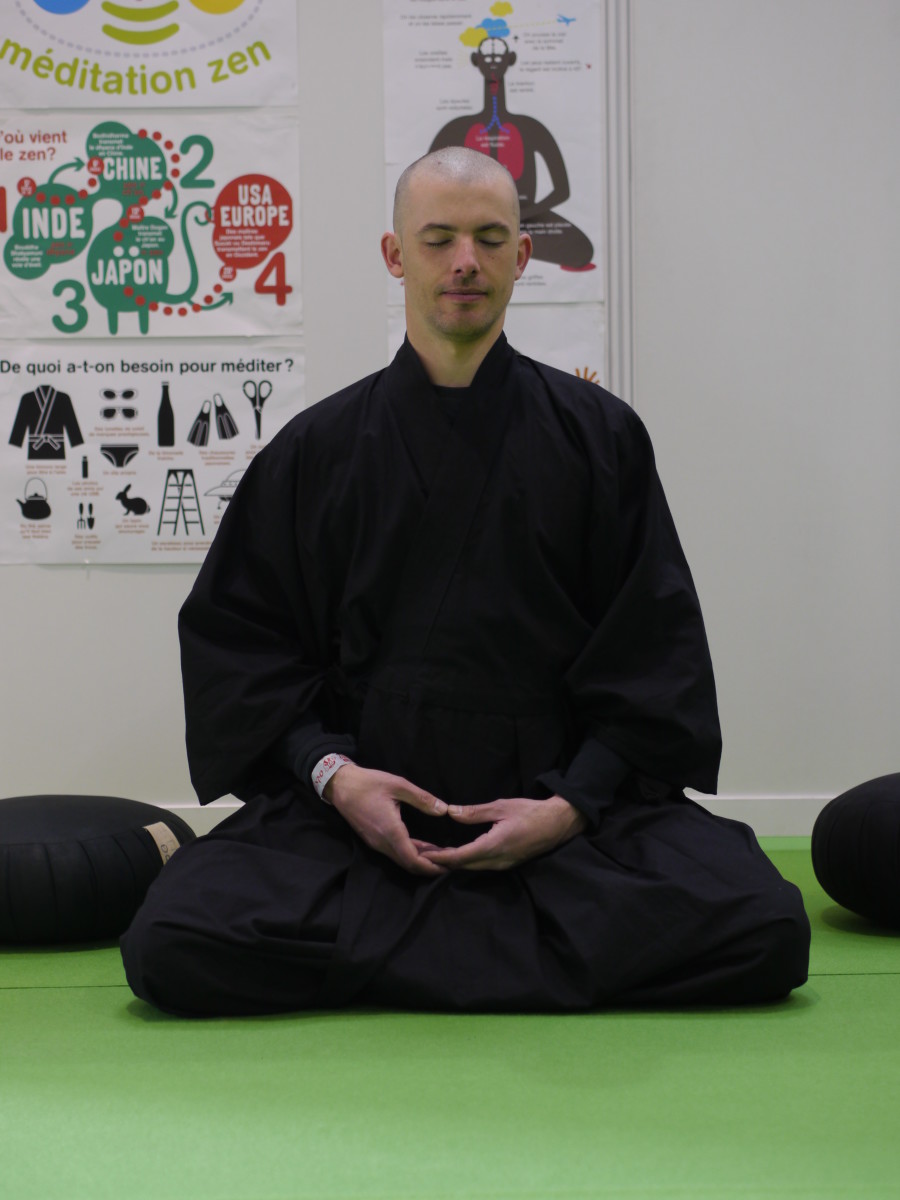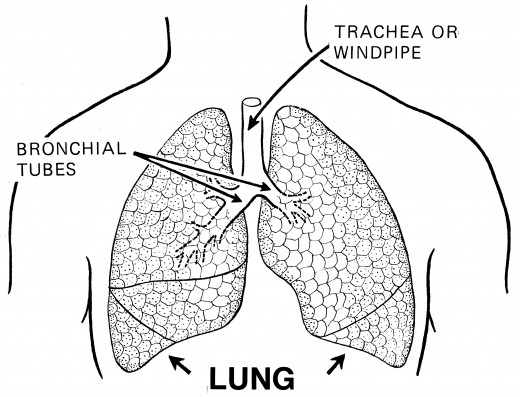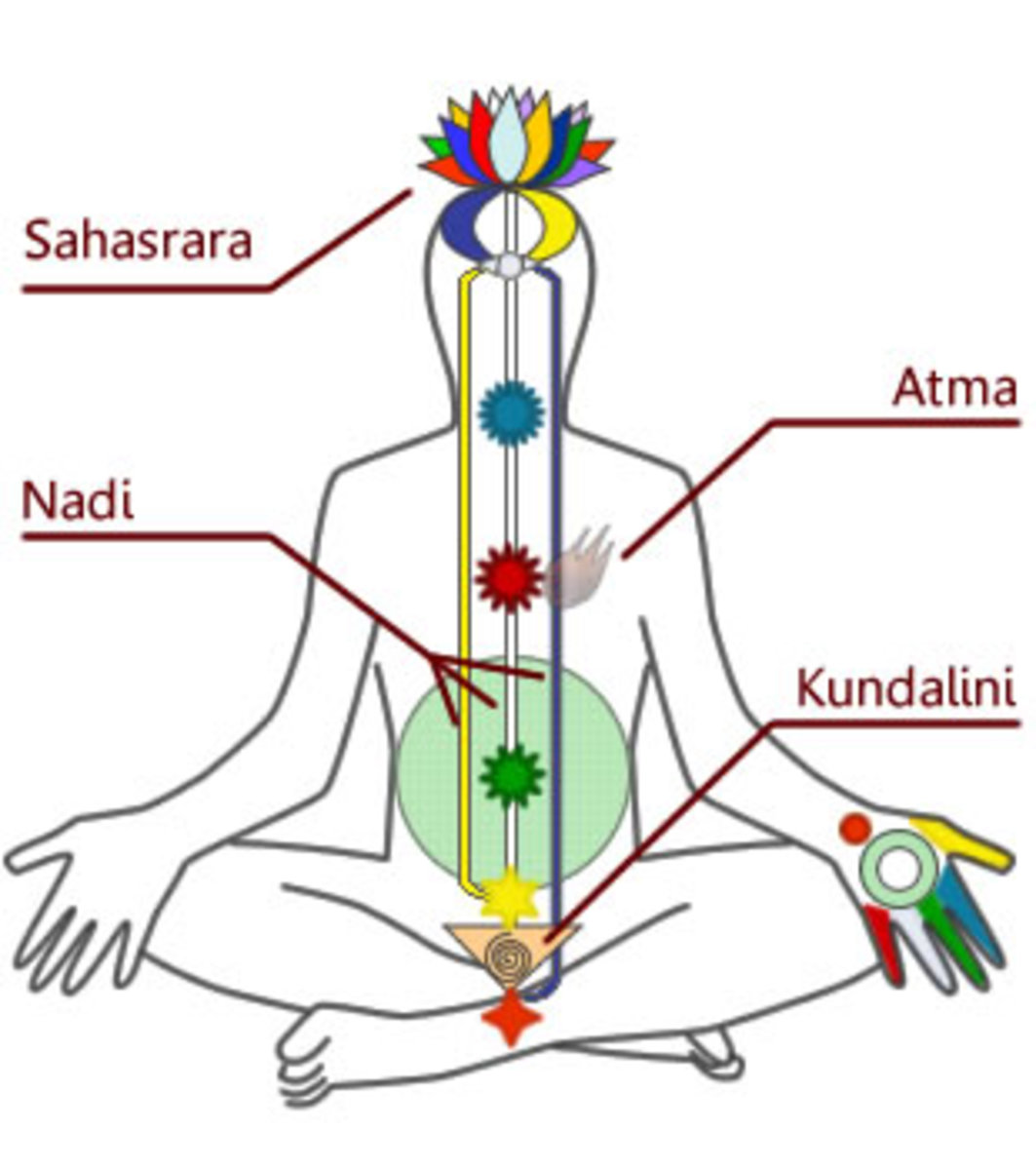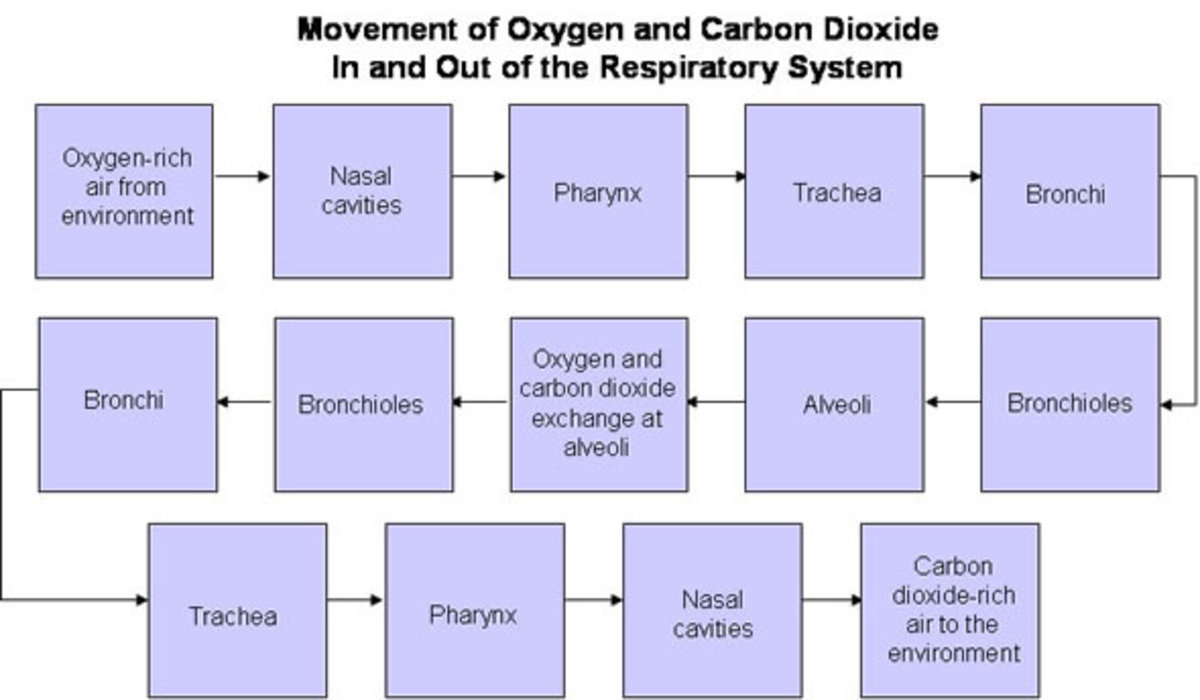How to Do Breathing Exercises

Breathing is an activity of the body which happens involuntarily and so is taken for granted. We are hardly aware that if we stop breathing we will be dead in no time. The human body is so complex that it is hard to fathom all that it does during the course of the day. Paying attention to just the process of breathing reveals many things about ourselves and the human body. Many of us are not even aware that we are not breathing to our optimum capacity.

The Respiratory System
The respiratory system consists of the nose, pharynx, epiglottis, trachea, bronchi and lungs; also the ribcage that protects the lungs, the diaphragm and intercostal muscles which work pumping air in and out of the chest, and the nervous connections to the brain which activate and control these muscles. They all work in unison are interconnected. For example an infection such as the common cold or sinusitis may, under certain conditions, give rise to bronchitis, or even pneumonia in the lungs themselves. Not only is the respiratory system one cohesive unit it is also intricately connected to the rest of the body and determined its well-being.
Each breath taken changes the human body in a way that we do not fully understand. It is known that oxygen is taken into the alveoli or small air sacs of the lungs, where it comes in close contact with minute blood cells or pulmonary capillaries; it is then picked up by the bloodstream in a chemical combination called the oxyhemoglobin, and carried to all parts of the body. The quality of this oxygen depends on the quality of the breathing. Other, more subtle substances also come into the body through the air we breathe helping the body maintain its health.
The lungs play another important role in removing from the bloodstream substances that are toxic and unnecessary for the body. This depends on the oxygen it receives from the air we breathe and how deeply we breathe. Another important point to remember is that any part of the respiratory tract can be affected by its environment, whether physical or emotional, thereby improving or injuring its function. Hence not only is it important to pay attention to physical health but also our emotional and mental well-being. Since any disturbance in any of these parts of ourselves affects our nervous system and in turn affect our respiratory system.
The Importance of Breathing Exercises
It is a well known fact that our pattern of breathing changes according to how we are feeling and reacting to our environment. For example, our breathing becomes shallow and fast when we are feeling stressed or angry. We breathe slowly when we are relaxed and happy.
It is possible to change our state of being from one to the other just by changing our breathing patterns. Haven't we all heard people tell us when we are angry, 'Take a deep breath and count to ten...' before we react or respond to someone or something that has made us angry. There is a lot of wisdom in that advice and it can be put into practice any time we notice that our breathing has become fast and shallow. Shallow breathing requires up to taking sixteen to twenty breaths per minute or 22,000-25,000 breaths per day.
There is are many advantages for doing breathing exercises and they each have a different approach.
Conscious Breathing Video (4:28 mins)
Physical and Emotional Well-being
Doing breathing exercises are for the well-being of the physical and emotional well-being have the following:
- to improve the efficiency of the way we breathe to improve physical well-being.
- deep breathing only requires six to eight breaths per minute, 10,000-12,000 per day, hence achieving the same result with half the effort.
- deep breathing helps efficient cleansing of the body of carbon dioxide.
- you feel fresh and chirpy hence stress free.
- deep or diaphragmatic breathing enhances the relaxation response.
Breathing Exercises for Physical and Emotional Well-being
There is an exercise that can help maintain physical and emotional health when practiced regularly.
Exercise 1: Deep Breathing
Wake up in the morning and go to a window and take six deep breaths.
- Inhale deeply
- Feel your diaphragm moving downwards
- stomach expanding to its fullest capacity
- the chest expanding without the shoulders moving upwards.
- Hold your breath for a few seconds
- exhale slowly
- feel your stomach contract
- pull your belly in as far as possible
- feel all your breath go out
- Hold for a few seconds
- Inhale
- Repeat six times
This exercise can be done throughout the day whenever you can find a few minutes, while waiting for a bus or in the car in a traffic jam, etc.
Breathing Meditation for Emotional, Mental and Spiritual Well-being
A human being is not just the physical body. There are also the emotional, mental and spiritual aspects to a person. Any practice is incomplete if these aspects are ignored and will create an imbalance in life. The practice of breathing meditation will improve the overall well-being of the individual. This will become possible once a person has paid attention to his physical and emotional well-being through the regulation of breath.
Exercise 2: Observing Your Breath
- Sit down in a comfortable posture, either cross-legged on the floor or in the Egyptian pose on a chair
- place your palms on your knees with the spine erect.
- Scan the body and relax those areas you perceive as being tense.
- Breathe deeply to relax the body all over.
- notice the in-breath and the out-breath
- try not to regulate the breath, just observe it.
- Step aside, just bear witness to what is happening.
- Let go of any desire to regulate the breath
- Do this for some time every day.
Excersise 3: Observing Sensations
Observe the small area under the nostrils, above the upper lip. Notice how the in-breath is cold and the out-breath is warm on that area. You will start noticing sensations in various parts of the body. Just observe without reacting to them. Whether pleasant, unpleasant, or neutral, gross or subtle every sensation shares the same characteristic: it arises and passes away, arises and passes away.
Take this attitude of bearing witness into your daily life. Use every opportunity for informal practice and you will notice that over time your breathing has become deeper and your heart rate is well regulated. Your health will improve and you will be functioning at your optimum capacity.
About the Author
Sushma Webber writes content for both web and print media. She is interested in creating a balance in life between the physical, emotional, mental and spiritual aspects. She is interested in mindful awareness practices, Zen practices and translating these in daily life at work in front of the computer and during various activities of her life.
Resources for Further Practice
- Stress Relief When Meditation is Difficult
The most important thing is our attitude that determines whether we suffer from stress or transform like charcoal into a diamond under the pressure. Find out what are the signs of stress. Four tips to achieve stress relief by deep breathing, restful - Skull Shining Breath, Kapalabhati Pranayama
Find out how to clear your head, become alert and gain a bright shining face with the Skull Shining breathing exercise or kapalabhati pranayama. Overcome the limitations of everyday breathing by learning this technique. - How to Comfortably Sit Cross Legged in Yoga
Many of us take sitting cross legged on the floor for granted. However, are we in perfect balance and alignment when we sit on the floor. Find out how to sit correctly and for long periods to practice yoga, pranayama or meditation. - Yoga Breathing Exercises, Pranayama
Yoga breathing techniques or pranayama are an ancient yogic tradition and can be easily applied to our modern lifestyles. It has many physical and mental health benefits that will help you enrich the quality of your life.










